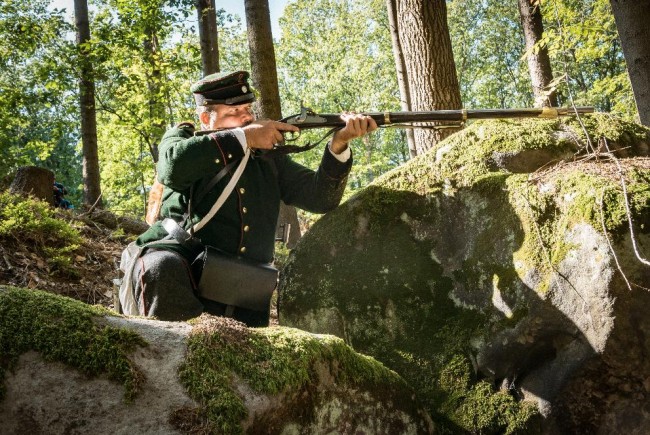
Second Schleswig War [1864]


Prussian-Austrian war

Prussian-Austrian war

Prussian-Austrian war

Prussian-Austrian war

Prussian-Austrian war

Prussian-Austrian war

Prussian-Austrian war

Prussian-Austrian war

Prussian-Austrian war

Prussian-Austrian war

Prussian-Austrian war

The Royal Saxon Army in 1866
An essay focusing on the uniforms of the Royal Saxon Army and the contingent of the Principality of Saxony-Meiningen, allies of Austria. I drew from the sources of the famous German historian of the late 19th century, Professor Richard Knötel, who is also the author of the pictorial boards attached here, which form part of my private collection. Photographs from modern events, reminiscent of the 1866 war, serve as a suitable complement.

Battles
Join us
We believe that there are people with different interests and experiences who could contribute their knowledge and ideas. If you love military history and have experience in historical research, writing articles, editing text, moderating, creating images, graphics or videos, or simply have a desire to contribute to our unique system, you can join us and help us create content that will be interesting and beneficial to other readers.
Find out more